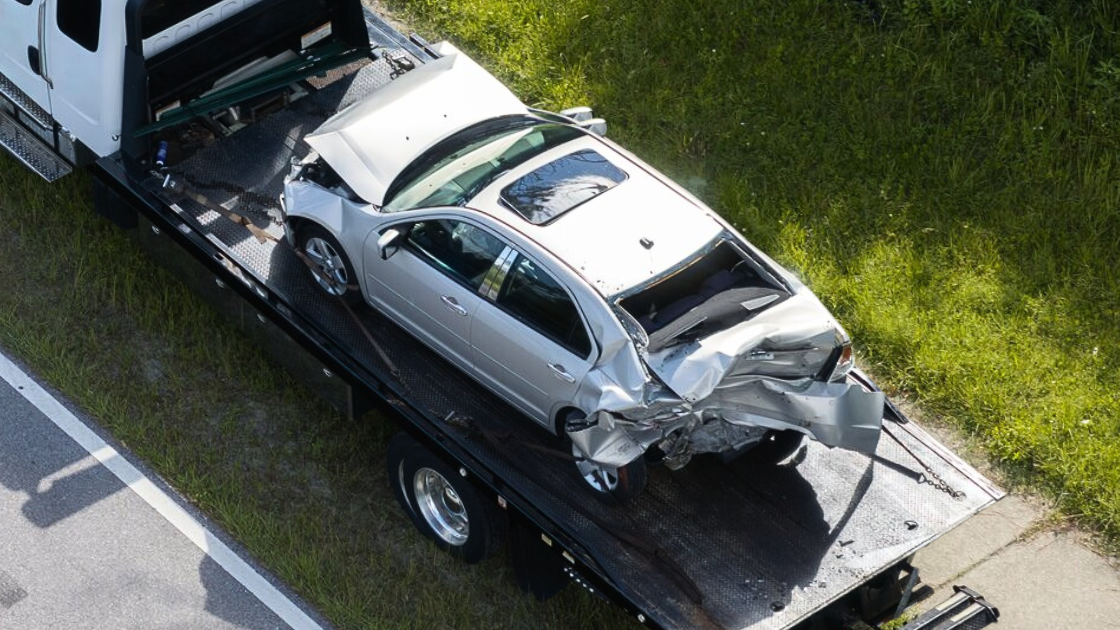The details: An Edmunds Q2 data report reveals that one in four new vehicle trade-ins are underwater, a four-year high for the industry—with many upside-down car loans deep in the red.
26.6% of trade-ins toward new-car purchases had negative equity, up from 26.1% in Q1 and 23.9% in Q2 2024—the highest share recorded by Edmunds since Q1 2021.
The average amount owed on upside-down loans was $6,754, a slight drop from Q1 2025's $6,880—but up from Q2 2024's $6,255.
32.6% of underwater trade-ins had between $5,000 and $10,000 in negative equity, compared to 31.9% in Q1 2025 and 30.2% in Q2 2024.
The percentage of underwater trade-ins with negative equity above $10,000 in Q2 was 23.4%, compared to 24.5% in Q1 2025 and 20.7% in Q2 2024—with 7.7% of car buyers owing more than $15,000 in Q2 2025, compared to 8.4% in Q1 2025 and 6.8% in Q2 2024.
Why it matters: Car loans are front-loaded with interest, so early payments barely reduce the principal while vehicles lose value. This deepens negative equity in the first few years, increasing the risk of rolling debt into future purchases.
Between the lines: Slow equity buildup forces buyers to either hold onto vehicles for 5–7 years (instead of 3-4) or roll growing debt into new loans—fueling a cycle of negative equity, as highlighted in Edmunds’ Q2 report.
The average monthly payment for buyers who rolled negative equity into a new loan climbed to $915 in Q2.
Buyers with negative equity also financed $12,145 more than the typical new-vehicle buyer.
What they’re saying: "Consumers being underwater on their car loans isn't a new trend, but the stakes are higher than ever in today's financial landscape," said Ivan Drury, Edmunds' director of insights. Affordability pressures, from elevated vehicle prices to higher interest rates, are compounding the negative effects of decisions like trading in too early or rolling debt into a new loan, even if those choices may have felt manageable in years past,” said Ivan Drury, Director of Insights for Edmunds.
Bottom line: As more borrowers stay locked into underwater loans, fewer used cars enter the market—tightening supply and keeping prices high. That squeeze hits lower-income buyers hardest, limiting their options and straining affordability—which can create challenges for the dealerships that serve these consumers.
A quick word from our partner
Here’s a question –
How much would your business change if you had one more employee who works 24/7, answering questions, driving sales conversations, and setting up test drives–even when your dealership is closed?
Most AI solutions only act as a copilot–and a human still has to approve and use the content they create.
But now with Podium’s AI BDC – AI can take over tasks to respond instantly to every incoming lead without direct supervision.
The best part?
With a seamless handoff to staff on the sales floor, customers will never know they were interacting with an AI to begin with.
Click here to try Podium's AI BDC today.

OUTSMART THE CAR MARKET IN 5 MINUTES A WEEK
No-BS insights, built for car dealers. Free, fast, and trusted by 55,000+ car dealers.












